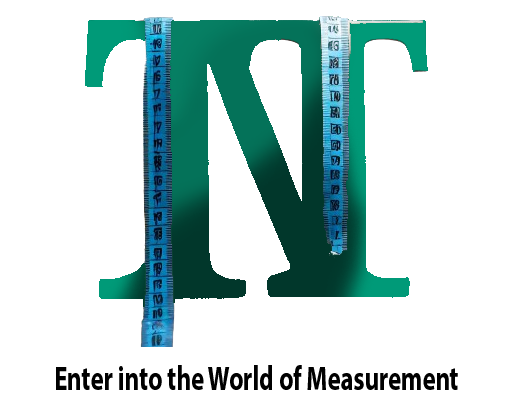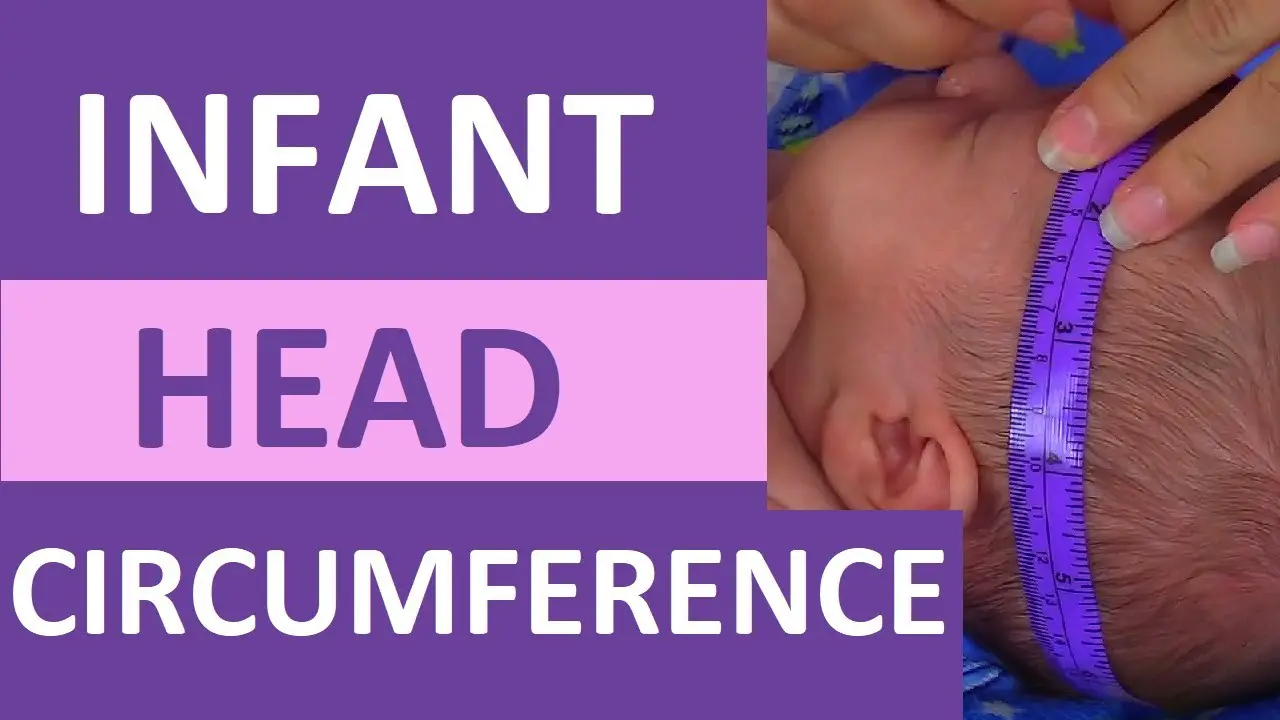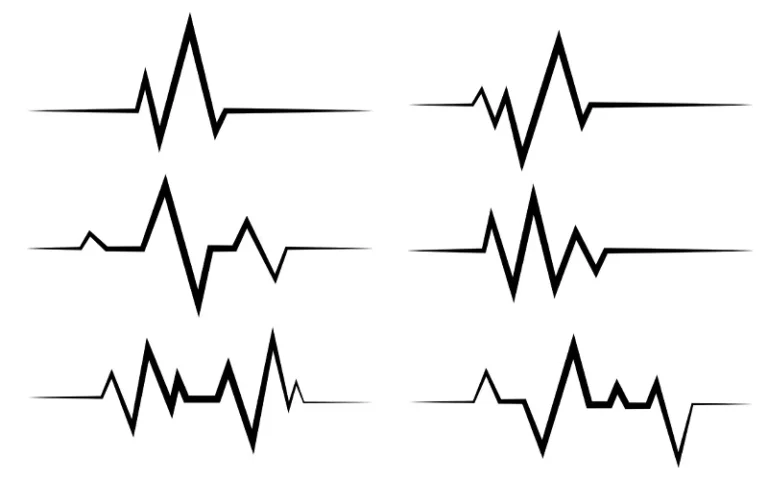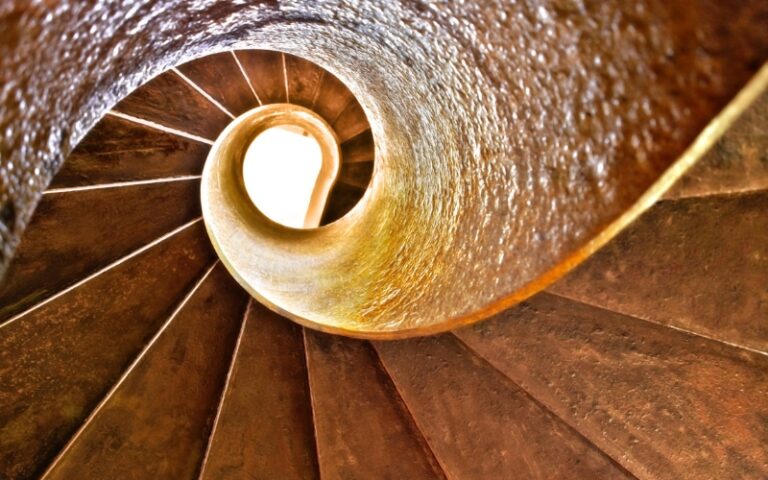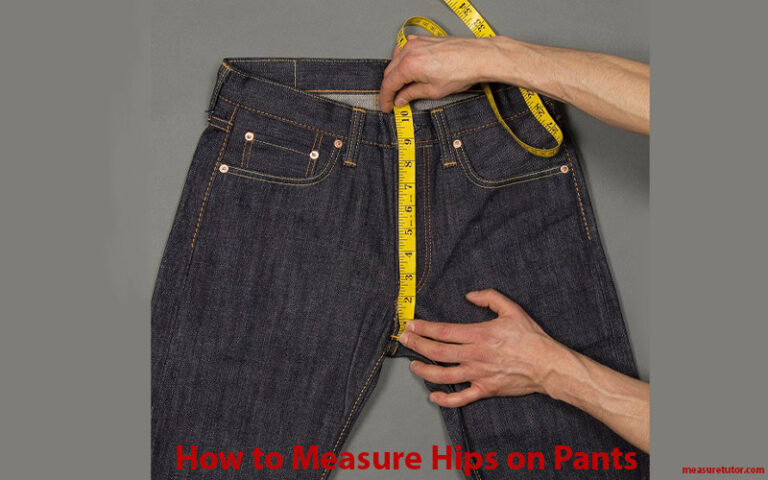How to Measure Head Circumference? Quick & Accurate Guide
To measure head circumference, place a tape measure above the eyebrows and around the head. Ensure it’s snug but not tight.
Gently mark the measurement and record the result. Measuring head circumference is essential for tracking growth in infants and monitoring head size changes in medical conditions. This simple procedure provides valuable information for healthcare professionals to assess development and detect any abnormalities early on.
By following these steps accurately, you can effectively measure head circumference and contribute to maintaining overall health and well-being.
Introduction To Head Circumference Measurement
Importance For Pediatric Health
Measuring head circumference is vital for tracking a child’s growth and development. It helps in early detection of abnormalities.
Applications In Medical And Hat Sizing
Head circumference measurement has various applications, including determining hat sizes and assessing brain development in medical settings.

Credit: halo-care.com
Essential Tools For Measuring Head Circumference
To measure head circumference accurately, essential tools such as a flexible measuring tape are required. Gently wrap the tape around the head, ensuring it rests just above the eyebrows and ears. Avoid pulling too tightly for precise measurements.
Types Of Measuring Tapes
When it comes to measuring head circumference, a measuring tape is an essential tool. There are two types of measuring tapes that are commonly used: retractable and non-retractable. Retractable measuring tapes are convenient because they can be easily stored and transported. Non-retractable measuring tapes are typically made of a soft, flexible material that allows them to conform to the shape of the head.
Alternatives For Tape Measures
If you don’t have a measuring tape on hand, don’t worry! There are several alternatives you can use to measure head circumference. One option is to use a piece of string or ribbon to measure the circumference of the head. Once you have measured the head with the string or ribbon, you can then measure the length of the string or ribbon using a ruler or a yardstick. Another option is to use a flexible measuring ruler that can be wrapped around the head to get an accurate measurement.
In conclusion, measuring head circumference is an important task that requires the right tools. Whether you choose to use a measuring tape or an alternative method, it’s important to ensure that your measurements are accurate. With the right tools and a little bit of practice, you can easily measure head circumference and keep track of any changes over time.
Preparing For The Measurement Process
Before measuring head circumference, it is essential to ensure that you are well-prepared for the process. By following hygienic practices and prioritizing the individual’s comfort, you can ensure accurate and reliable measurements. Here are some key steps to consider:
Hygienic Practices
To maintain hygiene during head circumference measurement, it is important to keep the following practices in mind:
- Wash your hands thoroughly with soap and water before the measurement.
- Ensure that the measuring tape or flexible ruler used is clean and sanitized.
- If measuring multiple individuals, clean the measuring instrument between each measurement.
- If the individual has any open wounds or skin conditions on their head, take necessary precautions to prevent cross-contamination.
Ensuring Comfort For The Individual
When measuring head circumference, it is crucial to prioritize the comfort of the individual being measured. Here are some tips to ensure their comfort:
- Choose a quiet and well-lit area for the measurement to minimize distractions and discomfort.
- Ensure the individual is in a relaxed and upright position, preferably seated on a comfortable chair.
- Make sure their hair is not tightly pulled or styled, as this can affect the accuracy of the measurement.
- Communicate with the individual throughout the process, explaining what you are doing and ensuring they feel at ease.
By following these hygienic practices and ensuring the comfort of the individual, you can create an optimal environment for measuring head circumference accurately. Remember, accurate measurements are essential for monitoring growth and development, making it crucial to prepare adequately for the measurement process.
Correct Positioning For Accurate Measurements
When it comes to measuring head circumference, correct positioning is crucial to ensure accurate results. Whether you are measuring for medical purposes or simply wanting to buy a well-fitting hat, following the right techniques will help you get the most precise measurement possible.
Sitting Vs. Standing
Before you begin measuring, you need to decide whether the person being measured should sit or stand. Both options have their advantages, so it ultimately depends on what works best for you and the individual being measured.
When sitting, make sure the person is seated comfortably with their back straight and their head in a neutral position. This position allows for a more relaxed and natural head posture, which can result in a more accurate measurement.
On the other hand, measuring while standing can be beneficial if you want to capture the truest representation of the head’s circumference. When standing, the person should stand tall with their head held straight. This position helps eliminate any potential distortions caused by sitting or slouching.
Aligning The Measuring Tape
Once you have chosen whether to measure sitting or standing, it’s time to align the measuring tape properly. This step is crucial to ensure accurate and consistent measurements.
Begin by positioning the measuring tape around the head, just above the eyebrows and ears. Make sure the tape is parallel to the ground and wraps around the entire circumference of the head without any twists or gaps.
If you are using a flexible measuring tape, gently hold it in place without applying too much pressure that could compress the head. If using a non-flexible tape, ensure it is snug but not overly tight, allowing for a comfortable fit.
Take note of the measurement at the point where the tape overlaps. This measurement represents the head circumference.
Step-by-step Guide To Measuring Head Circumference
When it comes to tracking the growth and development of infants and young children, measuring head circumference is an essential part of the process. This simple yet crucial procedure helps healthcare providers monitor brain growth and detect any abnormalities early on. Here’s a step-by-step guide on how to measure head circumference accurately.
Wrapping The Tape
Step 1: Position the tape measure around the head, ensuring it rests just above the eyebrows and ears.
Step 2: Make sure the tape is snug but not too tight, maintaining a consistent level around the entire head.
Step 3: Secure the tape in place, ensuring it doesn’t slip or move during the measurement.
Reading The Measurement
Step 1: Align the tape measure with the “0” mark and note the point where it meets the other end.
Step 2: Take the measurement in centimeters, rounding it to the nearest millimeter for accuracy.
Common Mistakes To Avoid
When measuring head circumference, it is important to avoid common mistakes. Follow these guidelines to ensure accuracy: keep sentences concise, use varied expressions, and refrain from overused phrases. By doing so, you will have an SEO friendly and easy-to-understand description that avoids common pitfalls.
Incorrect Tape Placement
Placing the tape measure too high or too low leads to inaccurate measurements.
Not Keeping The Tape Level
Ensure the tape is level all around the head for precise circumference measurement.
When measuring head circumference, accuracy is crucial for proper fit of hats or helmets.
Incorrect measuring techniques can result in discomfort or inadequate protection.
To achieve accurate head circumference measurements, avoid these common mistakes:
Incorrect Tape Placement
- Place the tape measure around the forehead, just above the ears.
- Ensure it sits snugly without being too tight or too loose.
Not Keeping The Tape Level
- Hold the tape parallel to the ground at all points around the head.
- Avoid tilting or angling the tape for consistent and precise measurements.
Interpreting The Results
Measuring head circumference is an essential step in assessing growth and development. By following proper guidelines and using a flexible measuring tape, you can accurately interpret the results and track changes over time.
Understanding Growth Charts
When To Seek Medical Advice
Interpreting the Results:
Measuring head circumference is crucial for tracking growth and development. It provides valuable insights into a child’s health status. Understanding growth charts is essential for assessing the results accurately.
Head circumference measurements are plotted on growth charts. These charts compare a child’s measurements to average values for their age and sex.
Normal growth: Steady increase in head circumference within the expected range on the growth chart.
Rapid growth: Sudden significant increase in head circumference may indicate abnormal growth.
Slow growth: Persistent measurements below the expected range might signal growth issues.
If head circumference measurements fall outside the normal range, consult a healthcare professional. Early intervention can address any underlying concerns.
Tips For Accurate And Consistent Measurements
Accurate measurement of head circumference is essential for monitoring the growth of infants and detecting any abnormalities. Use a flexible tape measure and wrap it around the widest part of the head, above the eyebrows and ears. Make sure the tape measure is snug but not too tight, and take the measurement in centimeters or inches for consistency.
Faqs On Measuring Head Circumference
How Often To Measure
Measure head circumference at birth and during routine check-ups.
Check for any sudden changes in head size or shape.
Differences In Measurement By Age
Newborns: Measure daily for the first week.
Infants: Measure monthly until age 2, then every 2-3 months.
Children: Measure annually until age 6, then as needed.

Frequently Asked Questions
How Do I Measure Head Circumference Accurately?
To measure head circumference, place a measuring tape above the eyebrows and ears, then around the widest part of the head.
Why Is Measuring Head Circumference Important?
Measuring head circumference is important to monitor growth and development, identify abnormalities, and assess brain function.
What Is The Average Head Circumference For Adults?
The average head circumference for adults is around 56-58 cm for females and 58-60 cm for males.
What Is Microcephaly And How Is It Diagnosed?
Microcephaly is a condition where the head circumference is smaller than normal. It can be diagnosed through an ultrasound or physical examination.
Can Head Circumference Be Used To Predict Intelligence?
Head circumference alone cannot predict intelligence. However, it can be used as an indicator of brain development and potential cognitive function.
Conclusion
Knowing how to measure head circumference is essential for various reasons. Whether it’s for medical, fashion, or sports-related purposes, accurate measurements are crucial. By following the proper techniques and using the right tools, you can ensure precise results. Understanding head circumference measurement allows for better-fitting headwear and headgear, as well as monitoring growth and development.
